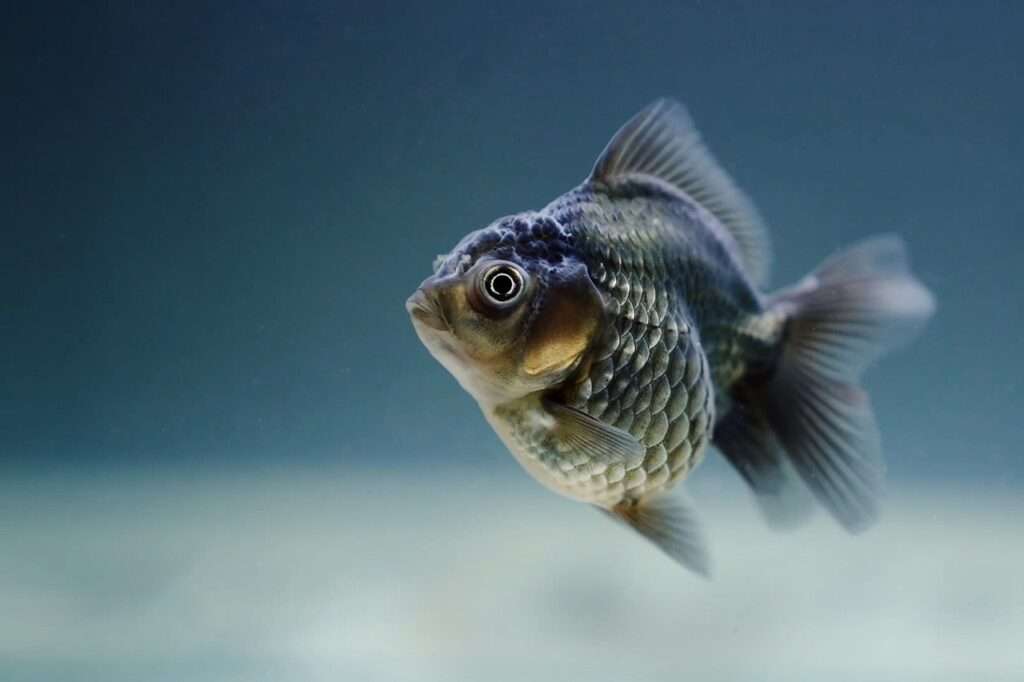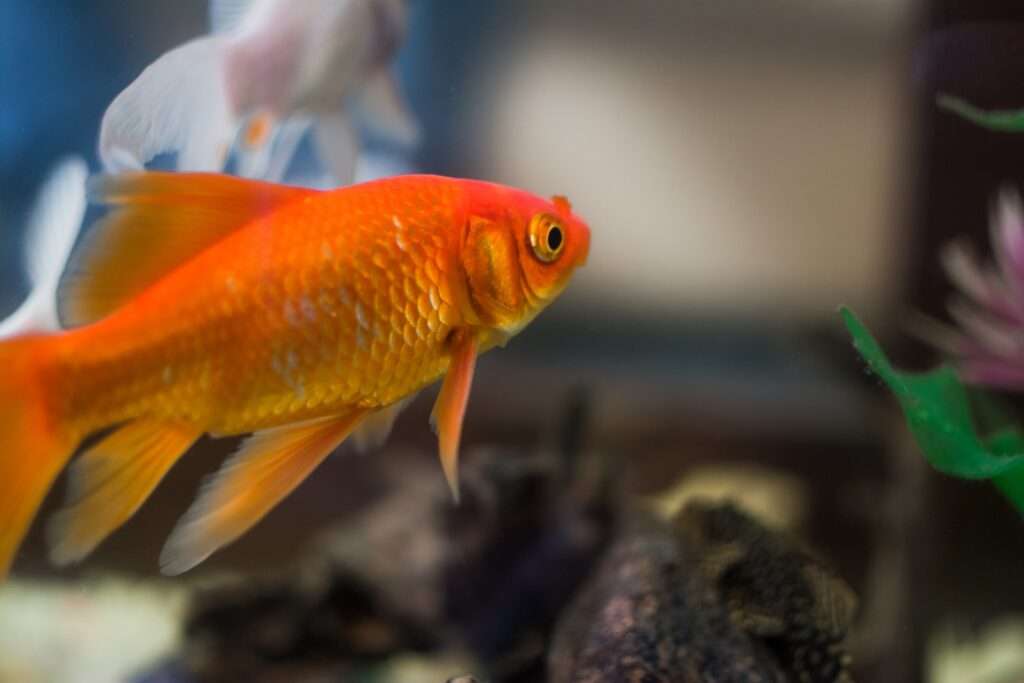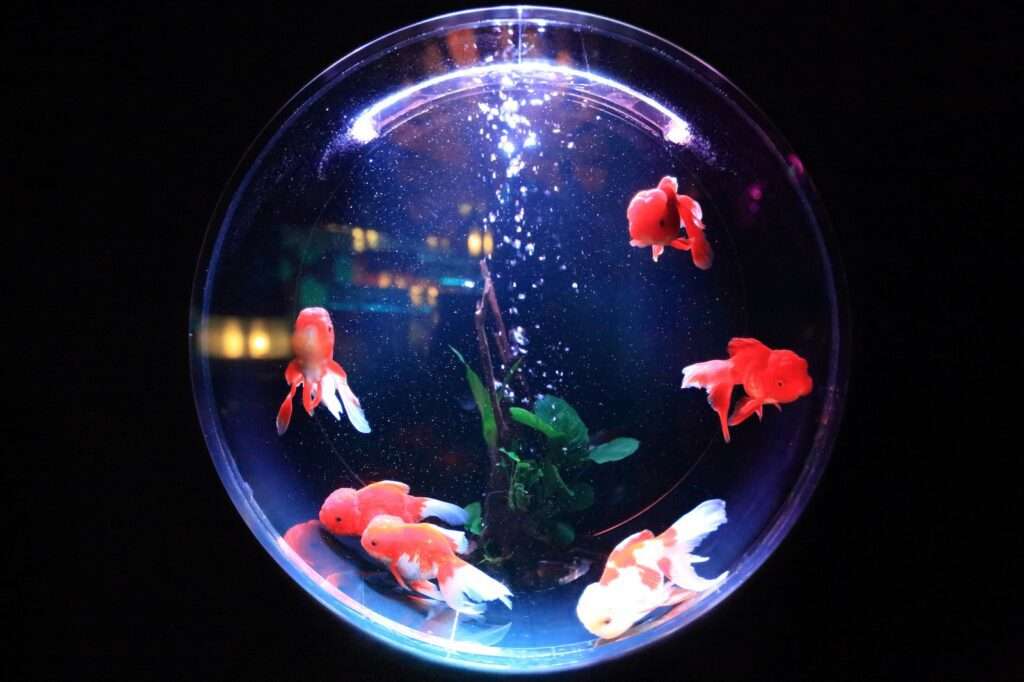Keeping a fish tank clean and maintaining optimal water conditions are crucial for the overall health and well-being of your aquatic pets. Algae growth is a common issue that not only affects the aesthetics of your tank but can also lead to various health problems for your fish. Fortunately, there are numerous algae controllers available on the market that can help prevent the proliferation of algae and ensure a disease-free environment for your fish. In this article, we will explore the top algae controllers and their role in disease prevention.
Algae can have a significant impact on the health of your fish. Excessive algae growth can deplete oxygen levels in the water, leading to stress and even suffocation for your fish. Additionally, algae can release toxins that can harm the immune system of your fish, making them more susceptible to diseases. Algae can also serve as a breeding ground for pathogens such as bacteria and parasites, further increasing the risk of disease.
To prevent these issues, algae control is crucial. There are several effective methods for controlling algae in fish tanks:
1. Chemical-based algae control products: Algaecides are chemical-based products specifically designed to kill and prevent the growth of algae. These products can be effective in controlling algae, but it is essential to select the right algaecide for your specific tank and follow the usage guidelines and precautions provided by the manufacturer.
2. Biological algae control methods: Introducing algae-eating fish, such as plecos or Siamese algae eaters, can be an effective and natural way to control algae. These fish consume algae as their primary food source, helping to keep the tank clean. Snails and shrimps, such as Amano shrimp and Nerite snails, also play a significant role in algae control by consuming algae and keeping it in check.
3. Natural algae control techniques: Maintaining proper water parameters, controlling light exposure, and regular tank maintenance and cleaning can all contribute to preventing excessive algae growth. Maintaining stable water parameters, such as pH and temperature, can help create an environment that is less conducive to algae growth. Controlling light exposure by using a timer for your tank lights can also limit the growth of algae, as excessive light can promote its growth. Regular tank maintenance, including water changes and cleaning, can help remove excess nutrients that algae feed on.
In conclusion, maintaining a healthy and disease-free environment for your fish requires effective algae control. By utilizing the top algae controllers discussed in this article, you can prevent algae-induced health issues and ensure the well-being of your aquatic pets. Whether you opt for chemical-based products, biological methods, or natural techniques, proper algae control will not only enhance the visual appeal of your fish tank but also contribute to the overall longevity and vitality of your beloved fish.









